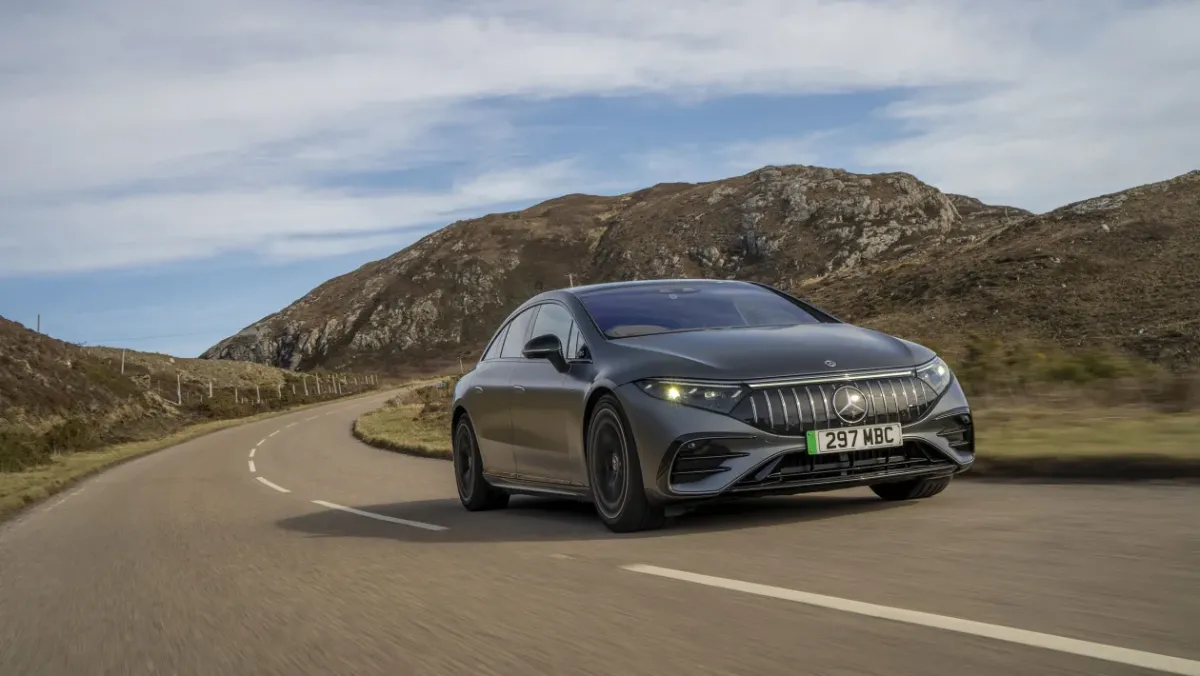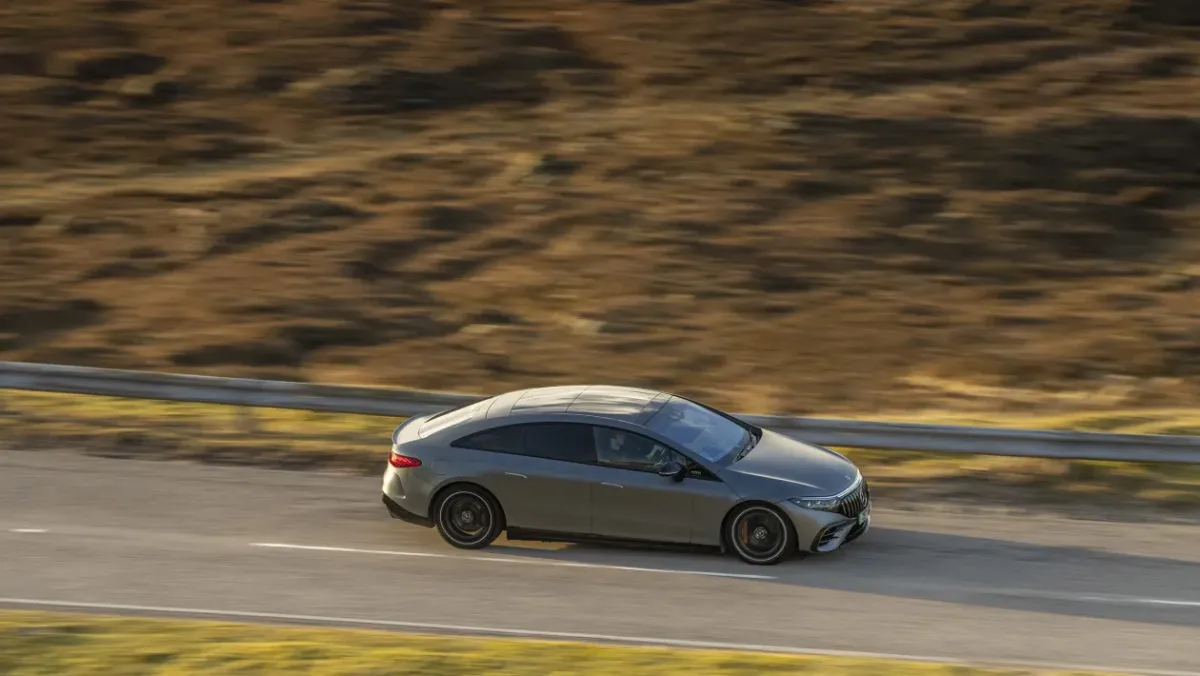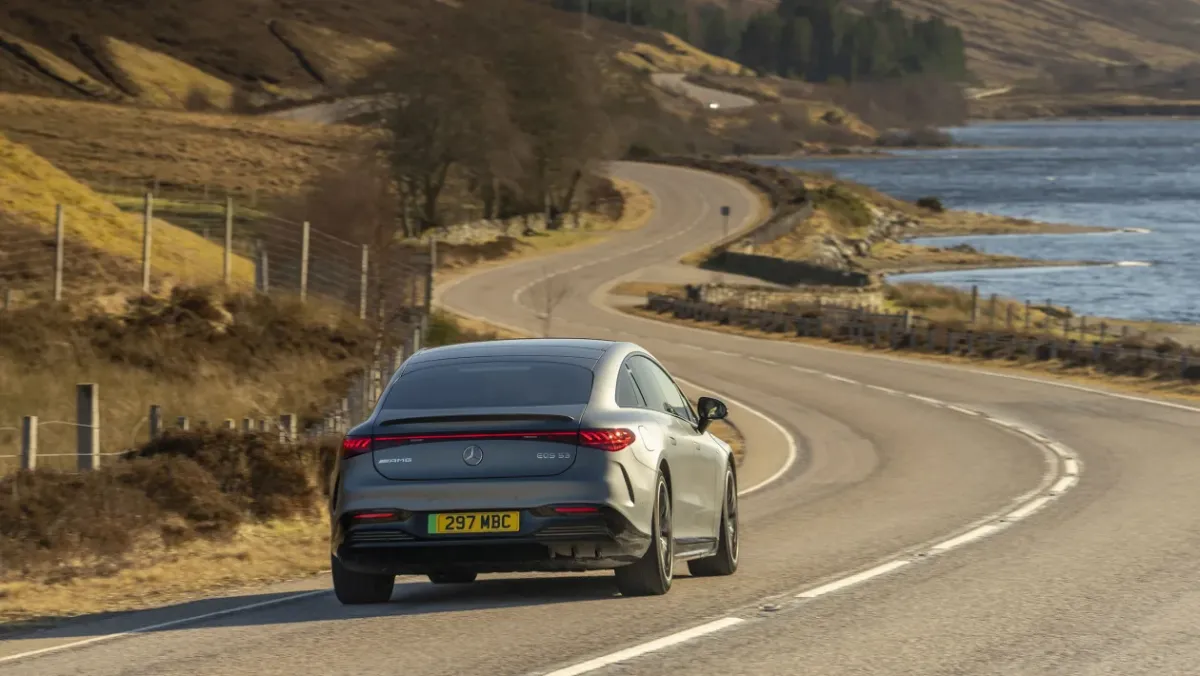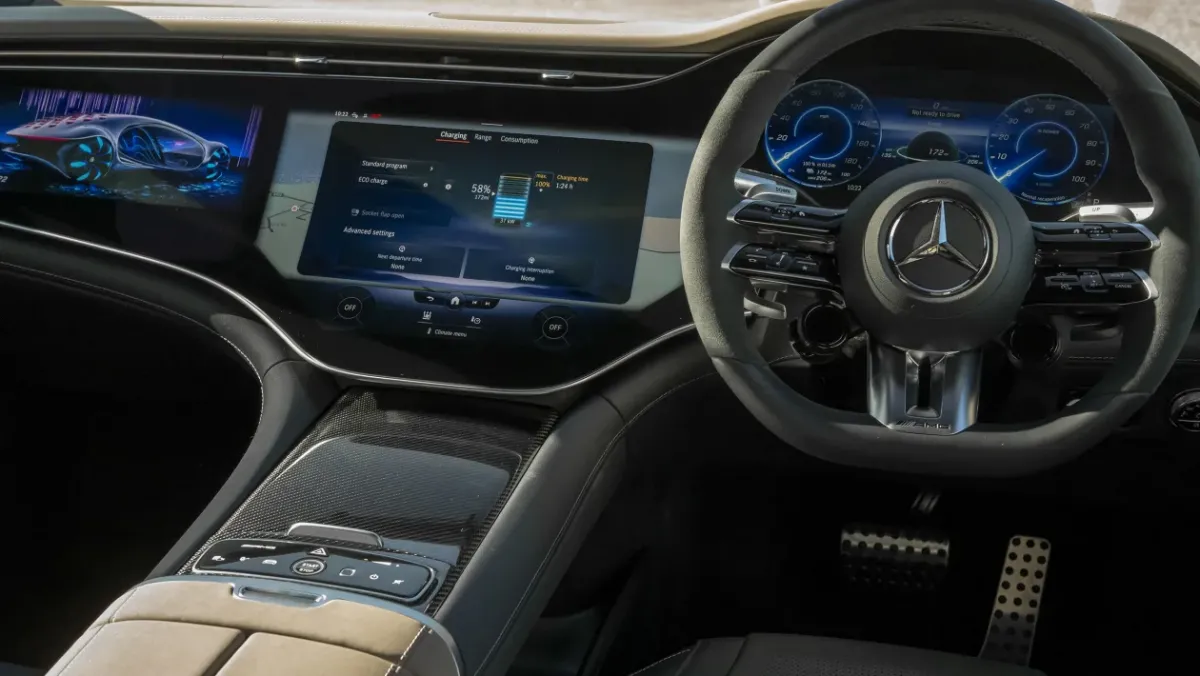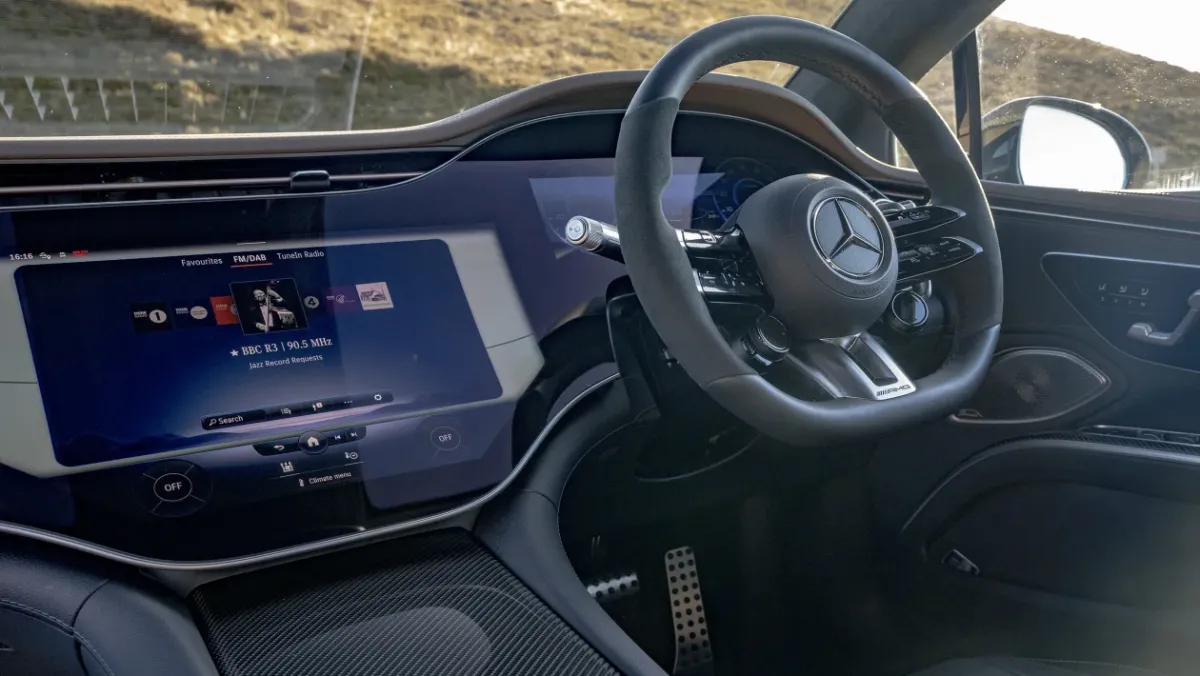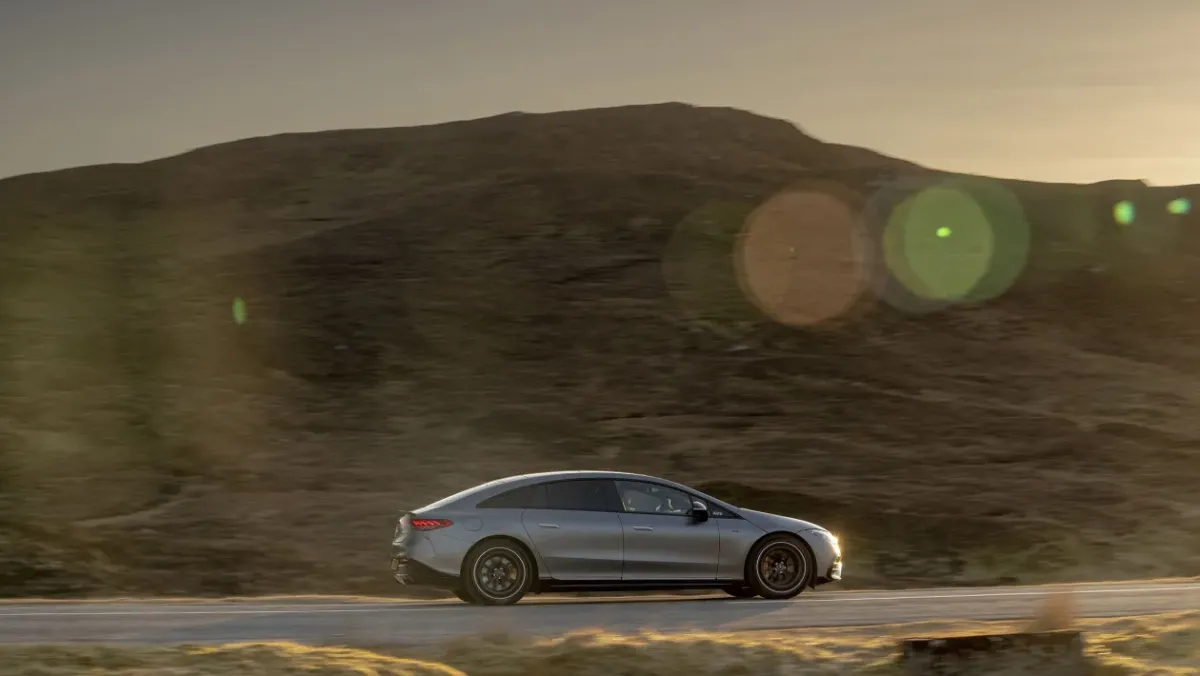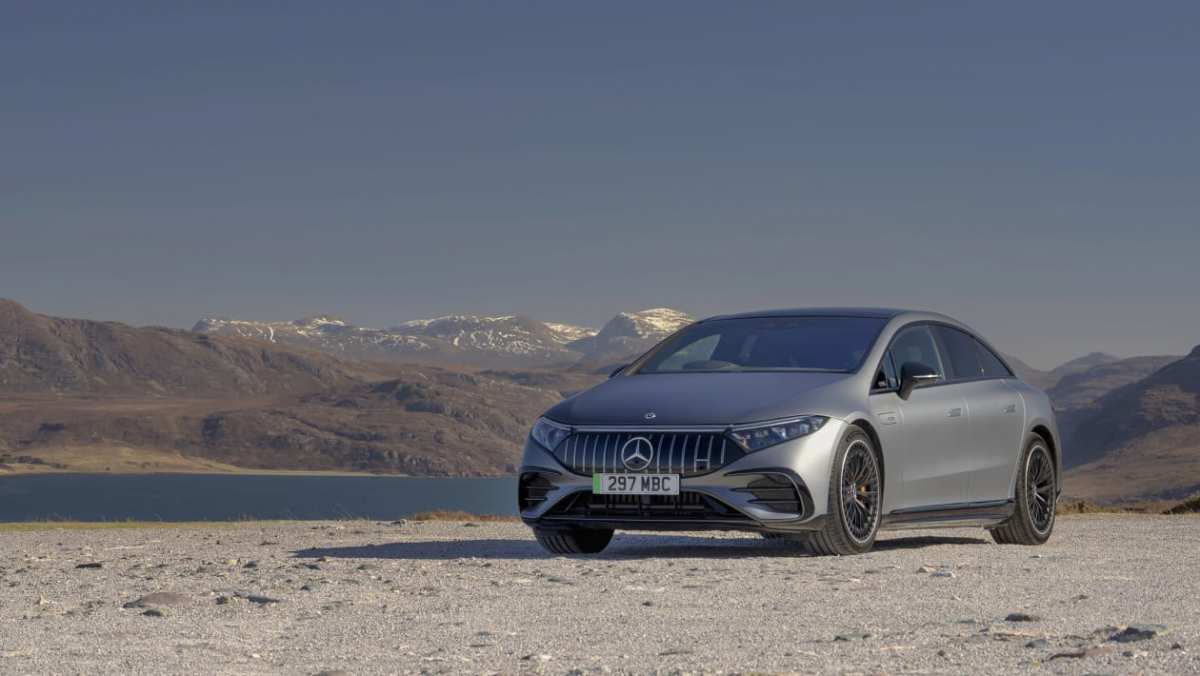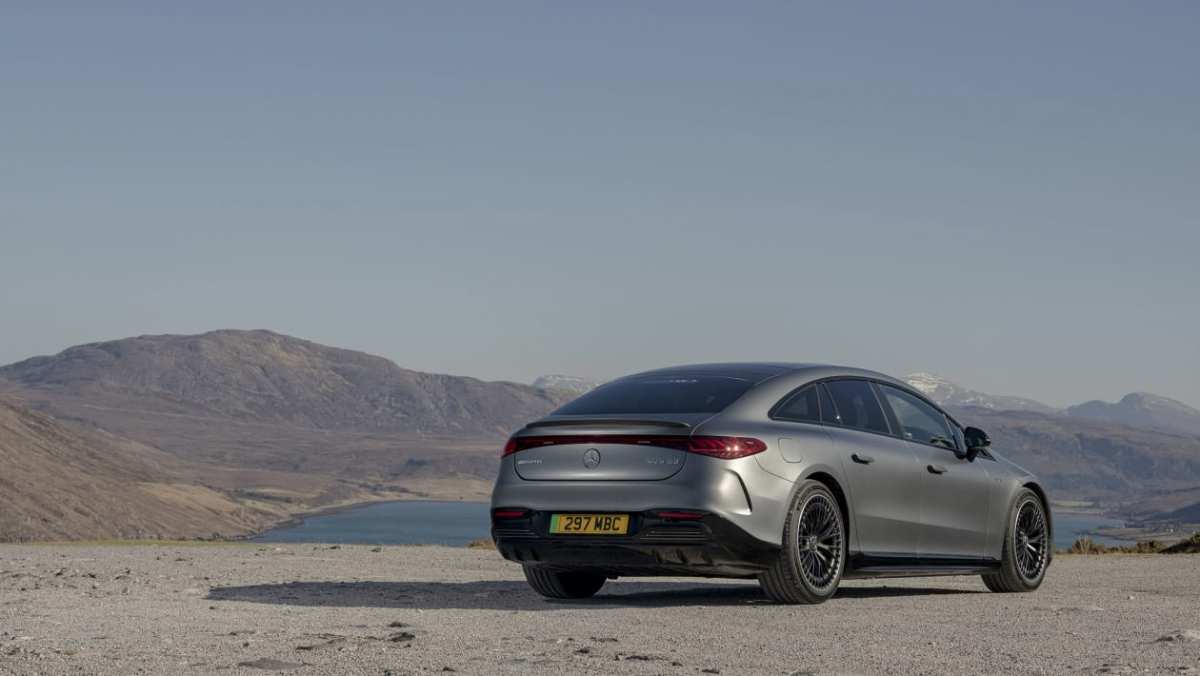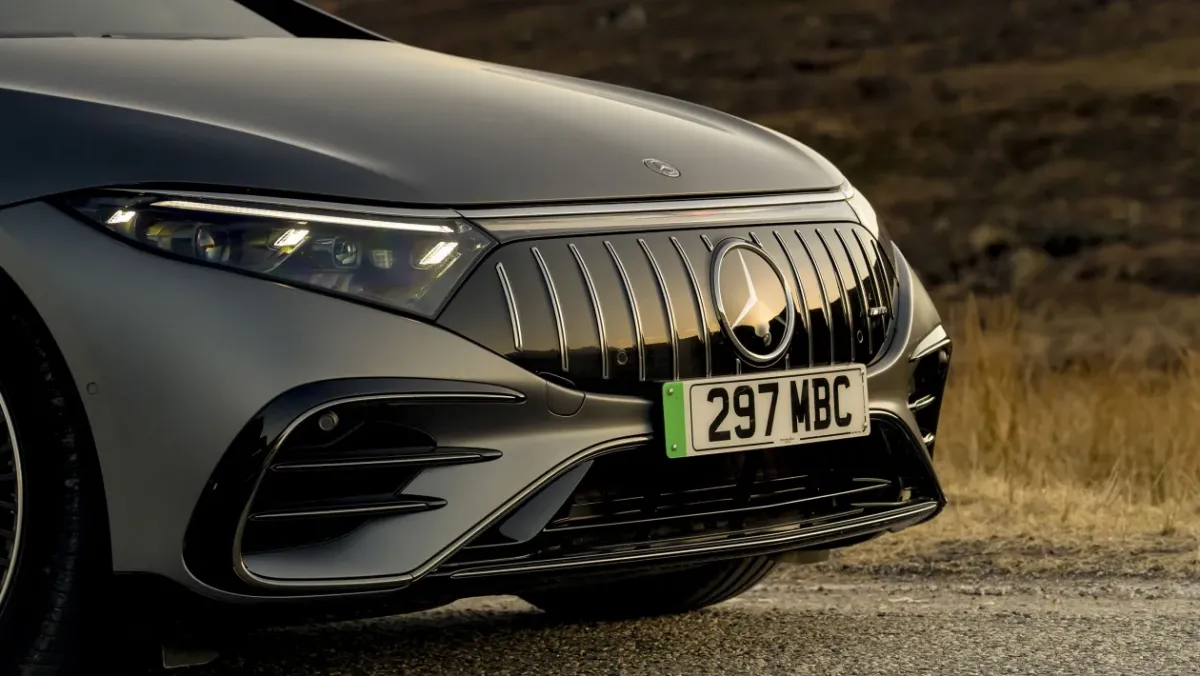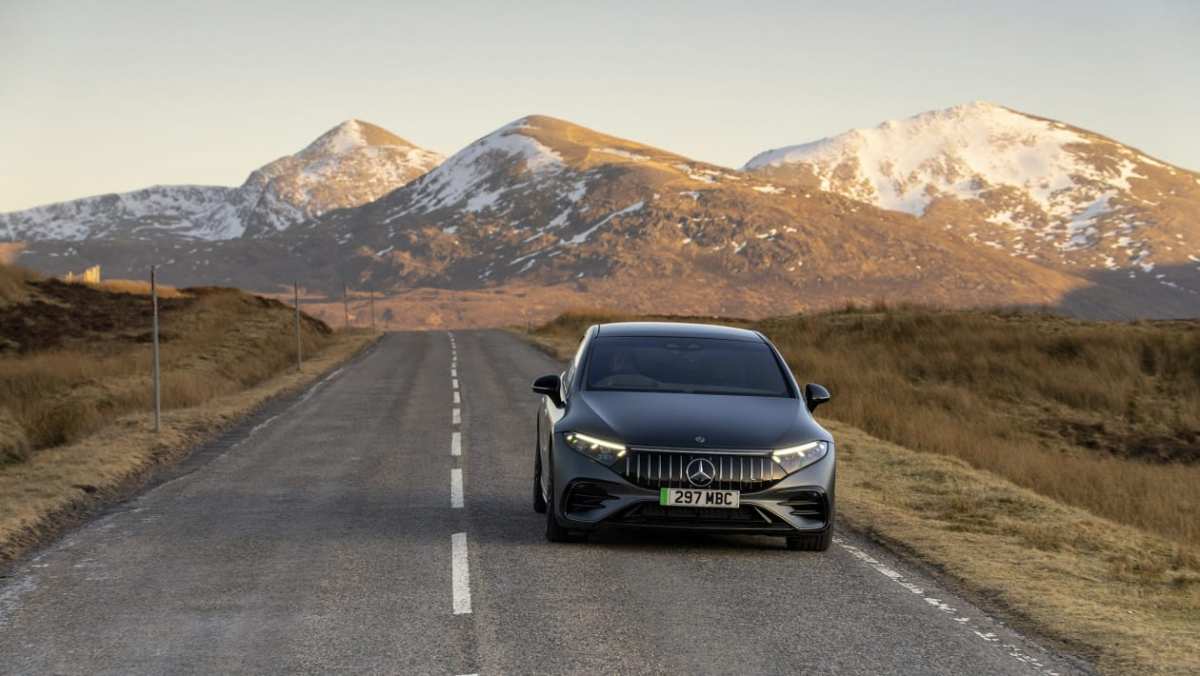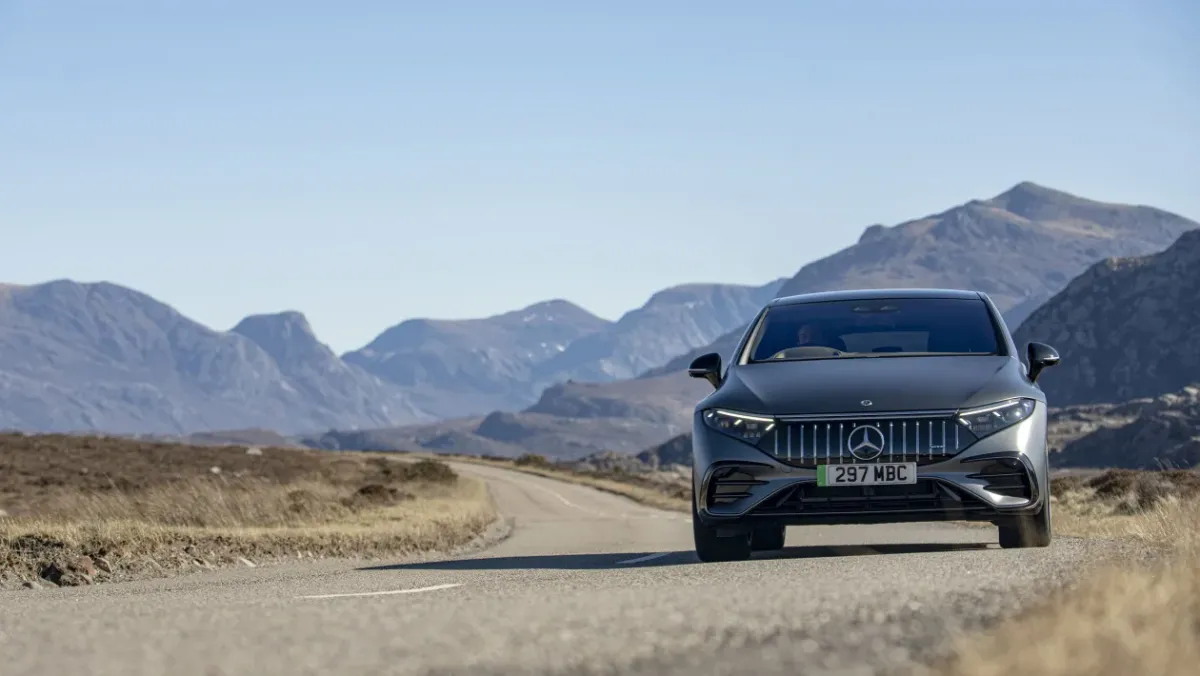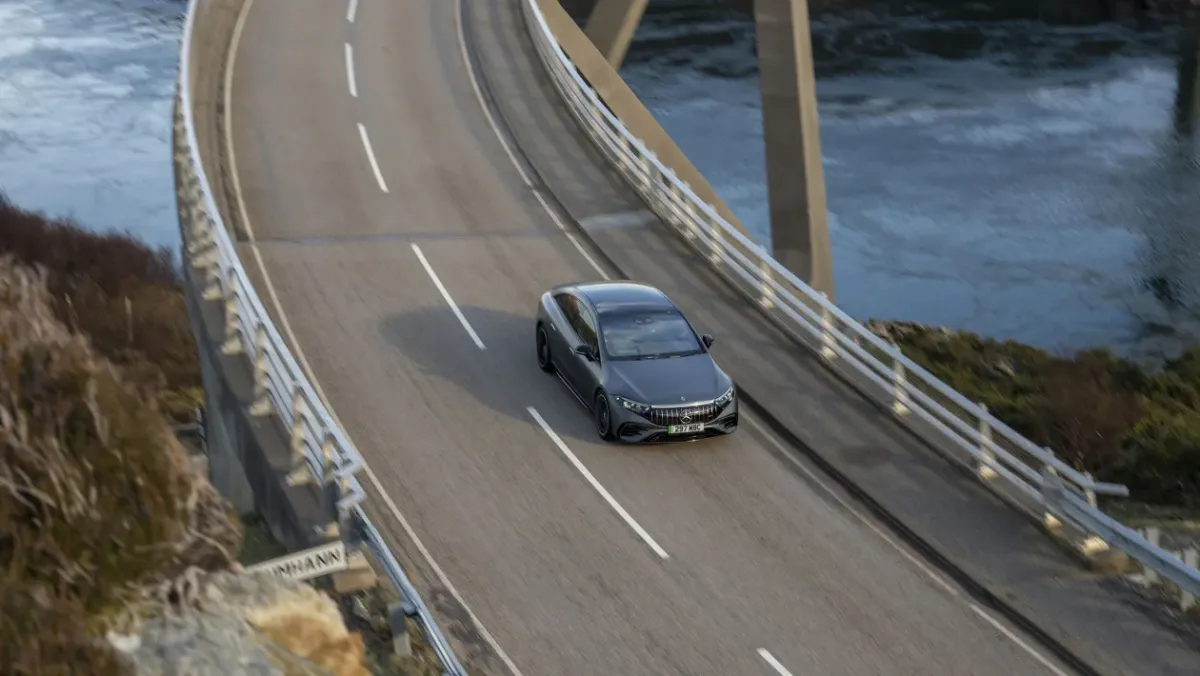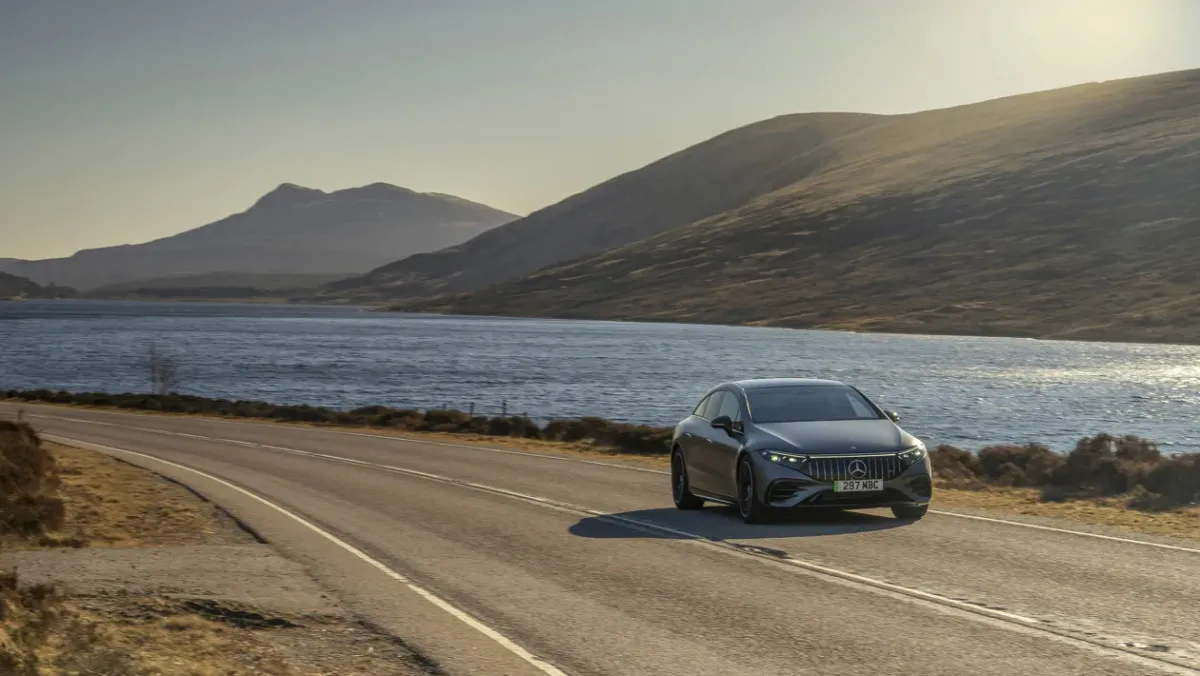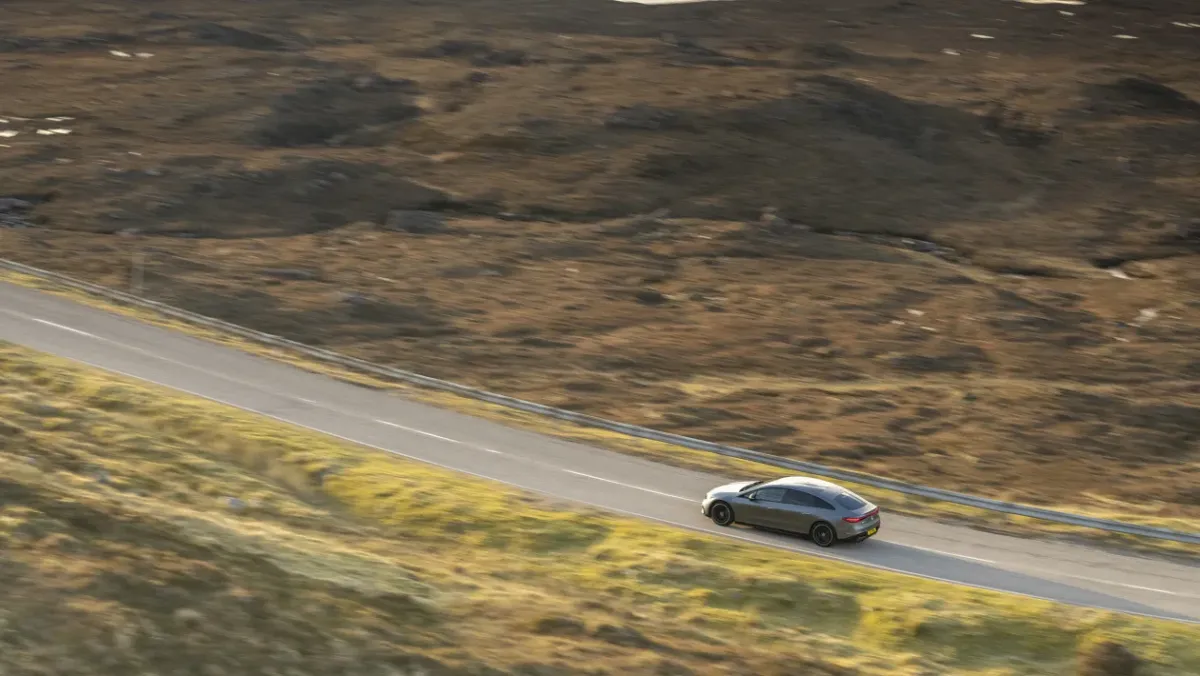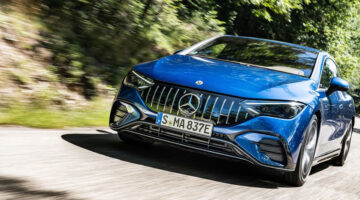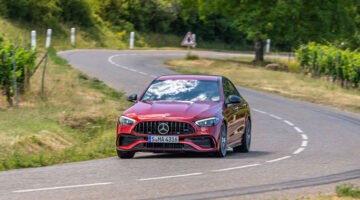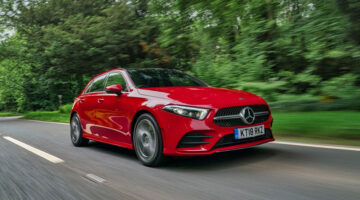Mercedes has put all of its resources into creating a bespoke all-electric flagship, but hasn’t produced anything worthy of replacing the S-class, yet
Within the comforting confines of a meeting room planning the first all-electric Mercedes-Benz S-class probably felt an incredibly liberating moment. A moment in time that few have – or ever will – enjoy in the automotive world. That’s because engineers were given a blank sheet of paper on which to create the blueprint for an electric version of the most successful, and consistently unbeatable luxury saloon car there is, using every ounce of knowledge and experience gained from said limo, applied to an electric version for our brave new world.
An electric S-class built upon its own bespoke platform, with battery and motor technology that promises the holy grail of EVs: performance and range. The opportunity to integrate driving aid technology like never before, take interior luxury and functionality to another level. Basically, redefine the luxury saloon car.
Clearly the reality is that this liberating mandate is also an impossible one to pull off, because the EQS is, how can we put this without Stuttgart gathering up every toy it has and hurling it at us? Er, um. We can’t. The EQS isn’t on a par with an S-class. Sorry Mercedes, it just isn’t and it falls short of both ours and your expectations.
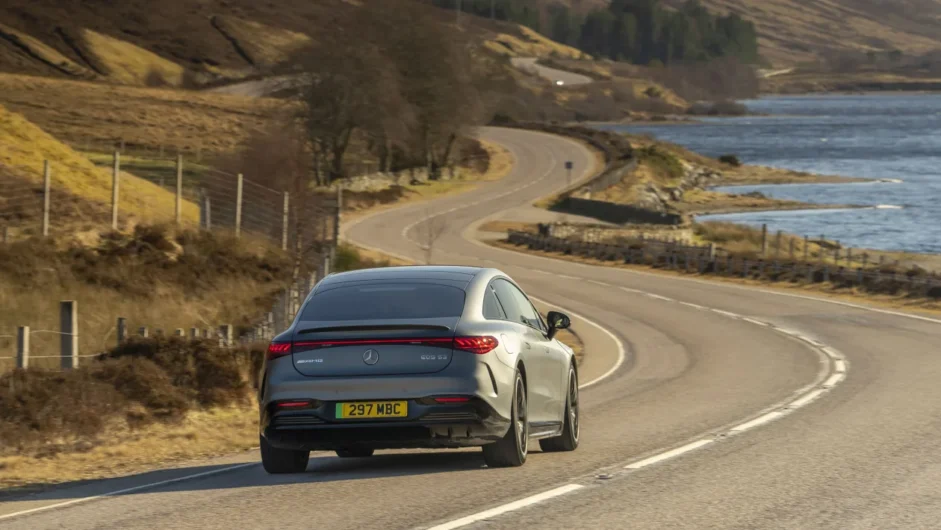
What’s wrong with it? Design is subjective but the EQS looks a dud. It lacks the presence of a flagship Mercedes, it wears an apologetic face that’s nondescript and is only identifiable as a Mercedes by its sizable logo. It looks cheap – less so with the EQS53’s Panamericana grille, granted – and it looks confused, neither being a traditional three-box saloon design as per the S-class, nor an on-trend EV hatch, despite the boot opening just like one. It has the appearance of a car that no one on the design team could figure out how to give it an identity. So they didn’t.
However, there is method behind the design because EV’s live and die by their aerodynamic properties, so what the EQS lacks in statesman-like presence like that of an S-class, it makes up for by being considerably slippier through the air and therefore more efficient – its 0.20 drag coefficient making it, according to Merc, the world’s most aerodynamic car.
Technology is never far away from being part of the EQS experience. The door handles slide out of the body to meet you as you approach and if there’s no ambient noise you’ll even hear the distinctive sound of plastic against plastic as they present themselves; door handle quality matters, they are a car’s handshake and the EQS’s is a bit limp. Play with the settings within the EQS’s brain and you can set the door to open on approach and close when you place your foot on the brake pedal.
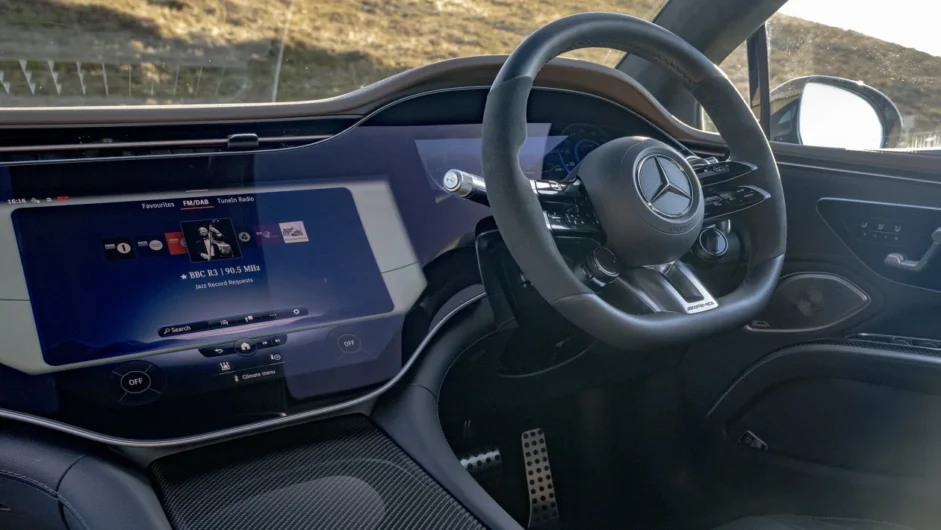
Inside is where the EQS gets serious. With a 3-metre wheelbase (the car’s over 5-metres long) you don’t know whether to sit in the back and enjoy the long wheelbase S-class beating leg room, or jump in the front. In the back there’s more room than most will know what to do with, but the combination of a high floor (thanks to its massive 107kWh (usable) battery and a low seat squab means it’s not as comfortable as it looks, missing that sense of sinking into the car to relax.
Up front your world is dominated by screens, three of them. Both the 450+ and EQS53 we tried were equipped with the mammoth $9,000+ hyperscreen option, which includes a digital TFT display for the driver, an additional screen for the passenger that allows them to do things from their seat that they can also do via the 17.7-inch central screen, as well as watch a movie. At first glance it looks impressive, a continuous clean surface wrapping around the cockpit, but look closely and you can see square edges of the screens hidden behind that flush glass frontage. It’s a detail that needs more time in the design stage, but in the rush to bring EVs to the market it’s a small detail that’s a big distraction.
It’s through this central screen that the entire car pretty much functions, eradicating as many buttons as possible, apart from the steering wheel that still has plenty. Not that Mercedes is to be singled out by such an approach, as every car company now considers itself a tech company. Unfortunately that’s a tech company from the late 80’s. Invest the time, as any EQS owner would, in setting up your car profile and once you’ve used your fingerprint ID to wake the system it’s unlikely you’ll need to delve into it beyond this.
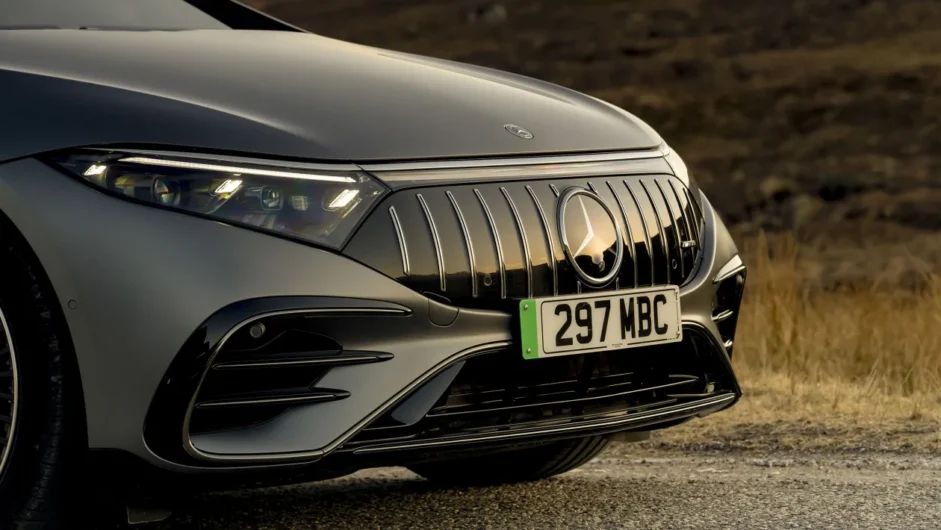
Yet should you and you’ll discover it suffers from the same bugbears pretty much every system of it type does: the voice recognition is next to hopeless, the controls for the assistance systems the idiots at Euro NCAP insist on, but don’t actually test, involve a game of hide and seek to switch off and the majority are operated through a touch screen with reaction times only it understands. The campaign to bring back buttons starts here.
So the tech in the EQS frustrates, but the materials and fit and finish for the interior are of more concern, because for both a car costing a minimum of six-figures and one that is also set to replace an S-class or two on user’s fleets, it simply isn’t good enough. There’s some nice unvarnished woods that are beautifully tactile to touch and add a far superior ambience than the highly polished plastic wood veneers German manufacturers adore. The leather that is used is also plush, soft to the touch and tightly stitched but unfortunately much of the cabin is trimmed in plastic made to look like leather, and in places it’s as convincing as a 12-year old telling you they haven’t taken their phone to bed with them. An S-class customer will feel shortchanged, owners of 14-plate A-classes less so.
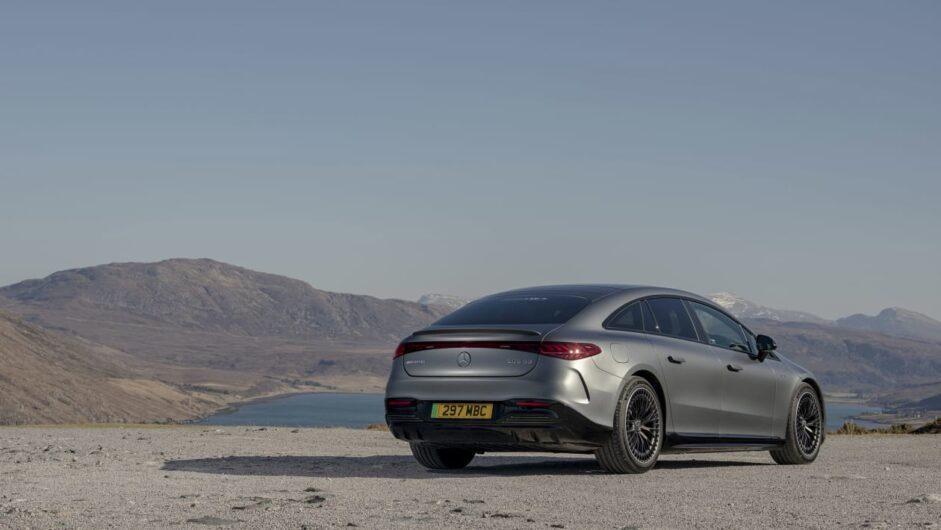
Underpinning the EQS is an all-new, bespoke electric platform that along with the saloon will also provide a platform for both equivalent electric SUVs and the smaller EQE, the company’s electric E-class. Between the axles sits a monstrous 107.8kWh (usable) battery, the largest currently available in Europe, which means when fully charged you’ll see a WLTP range of 730 kilometers, which shuts up most EV sceptics who bang on about such things. Although with a 2480kg kerb weight (2605kg for the EQS53) you can chew through that range if you decide to put the 450+’s 329bhp to good use through its single rear-motor. Start to play with the 53’s 648bhp that’s delivered to all four corners – or 751bhp with the AMG Dynamic Plus Package option ticked, which our car had along with 752lb ft of torque – and you’re looking at its claimed 576 kilometer range dipping into the two hundreds as quickly as it reaches 100kph (3.8sec since you asked).
Neither EQS are anything to write home about to drive. The driving position doesn’t feel quite right, you’re sat too high on the seat, but then not quite high enough to see over the vast instrument display which means you constantly fiddle with the seat controls hunting for some ergonomic equilibrium that fails to materialise. Go too high and you’ll then come into contact with the windscreen header rail – it’s an astounding oversight in basic packaging, bespoke EVs were meant to be the ultimate free pass for packaging engineers, right?
It’s impressively quiet though, which you’ll probably be expecting from those who have spent decades perfecting the S-class ambiance, but probably not to this level of calmness. Every external noise is squashed, even the roar from its 22-inch tyres is silenced. But… it doesn’t exude the confidence of an S-class. Its air suspension, certainly on the 450+ model, can’t provide that calming pillow between you and the surface, at low speed the intrusion through the cabin over anything but race track smooth tarmac is beyond distracting. There’s also a crudeness to its secondary ride that’s too busy for a car of this type.
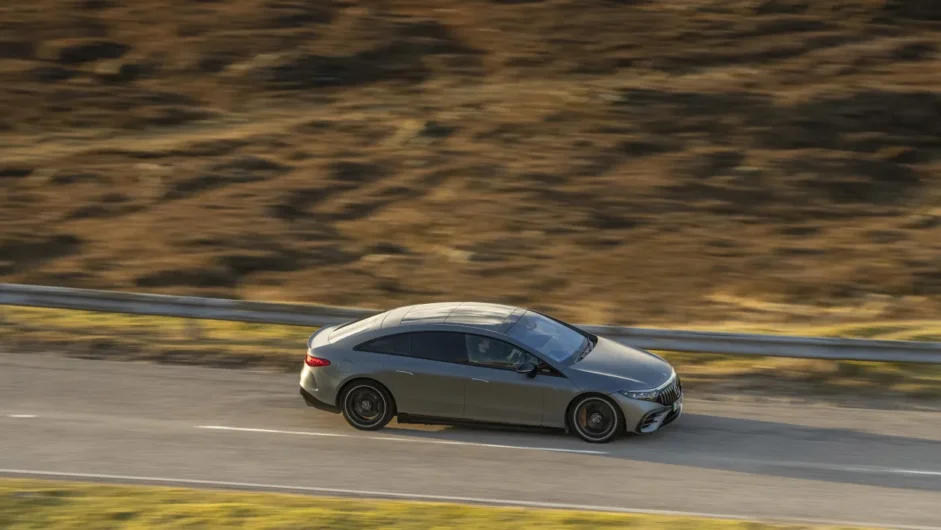
There’s good news in that the 53 benefits from being marginally stiffer, which improves body control and reduces the flex you can feel through the body and chassis. But it’s a car that feels like it’s having a fight with itself, the technology unable to calculate what’s required to combat good old fashioned physics that results from two and half tons of metal, glass and electric cabling combining to produce a substantial mass that constantly needs tying down.
This unsettled nature makes for not a very relaxing drive or ride. The steering feels quite nervous for a car designed to be calming. It’s quicker than you think it’s going to be on turn in, a feeling exaggerated by the four-wheel steering playing a significant role to shorten that long wheelbase and manage that mass. When it comes to braking and the car’s regenerative system (controlled by the paddles behind the steering wheel with three distinct settings), the brake pedal sinks to mimic the braking action so when you need to step in and up the retardation the pedal isn’t where you expect it to be. So you stamp on it in a panic and put the car on its nose. It’s just another frustrating example of the car feeling a couple of hundred thousand kilometres short of its final sign off.
Yes, the EQS53 is quick, but to what gain? It’s not a car that fills you with encouragement to exploit and you’ll never advance beyond point and squirts between corners because it’s so big, heavy and offers little reward for doing so. But despite its badging it’s also not a performance car, so we shouldn’t expect it to behave like an E63 S either. Which begs the question: what actually is it? In AMG form it’s bettered by existing AMG products and outside of Mercedes, Porsche’s Taycan walks all over it in terms of how it drives.
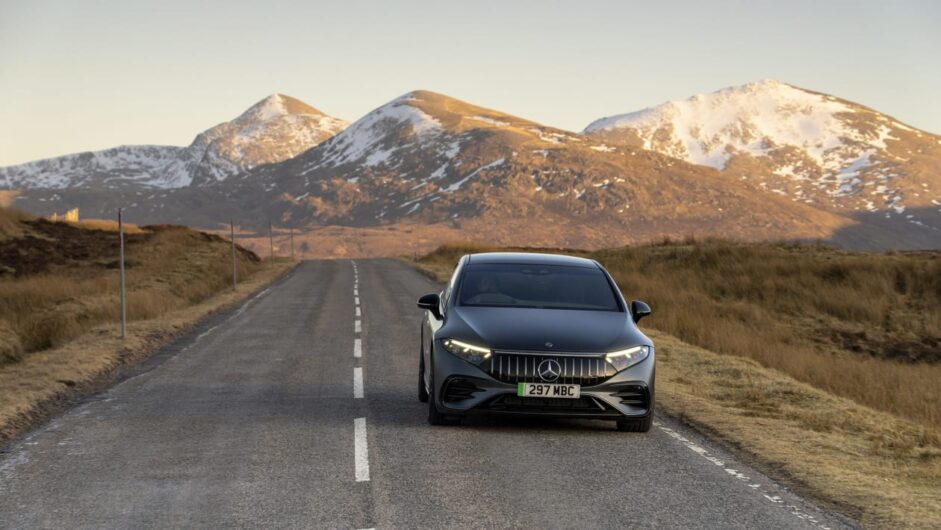
Prices and rivals
As a luxury car the Porsche once again has all the EQS models covered with a far more premium, higher quality interior, better control weights and a plushness to how it travels down a road. And if it’s tech you’re impressed by, the Tesla Model S is still leagues ahead. That both are considerably cheaper than the Mercedes, the EQS53 starts at $200,000, doesn’t help its cause either.
These aren’t the biggest challenges facing the EQS, however. Because that comes in the form the new S-class, which is still the best of its ilk this side of a Bentley Flying Spur and is everything the EQS strives to be but falls some way short. There’s a good car in the EQS, after all something called the Word Car of the Year named it their luxury car of the year, but Mercedes would do well to leave that gong at the door as they head back into their meeting room.
This article originally appeared at evo.co.uk
Copyright © evo UK, Autovia Publishing

